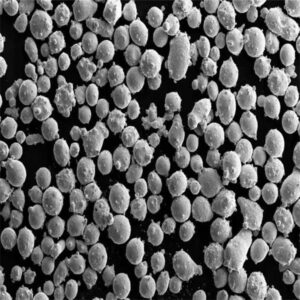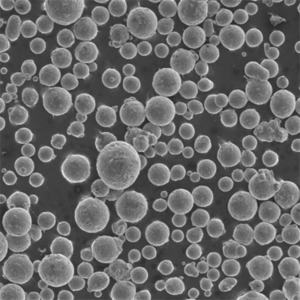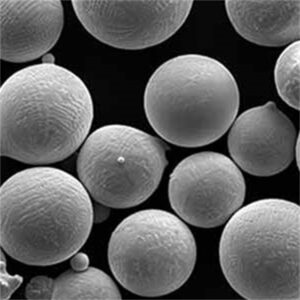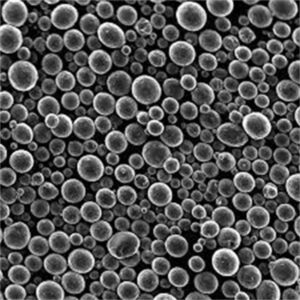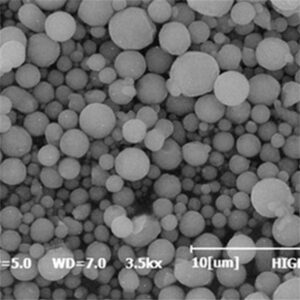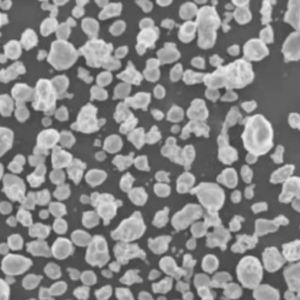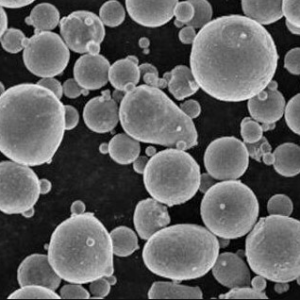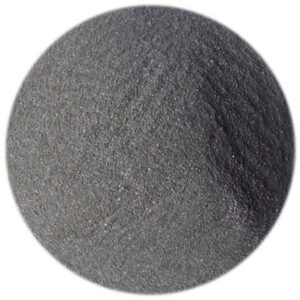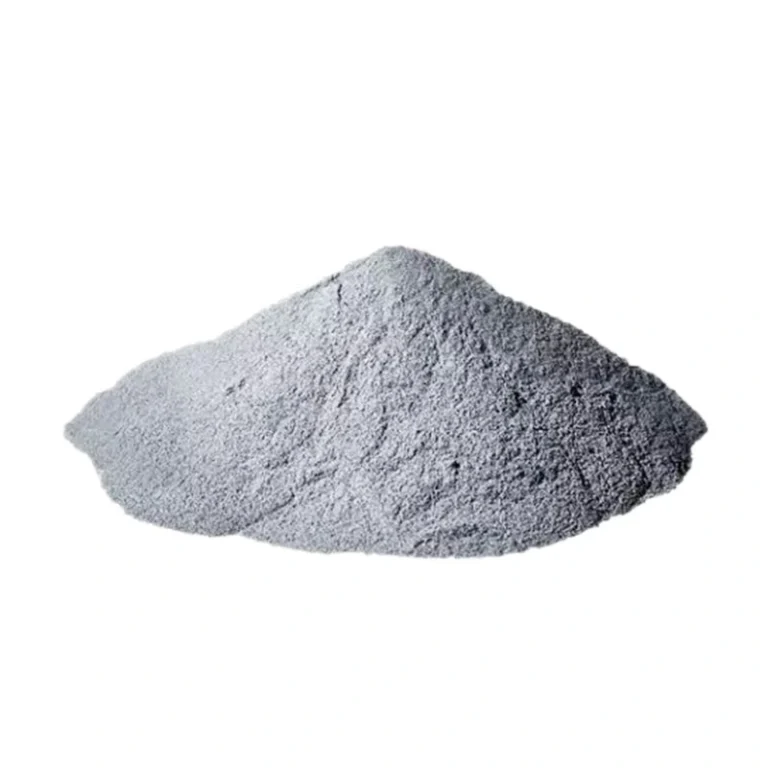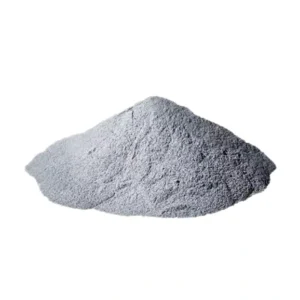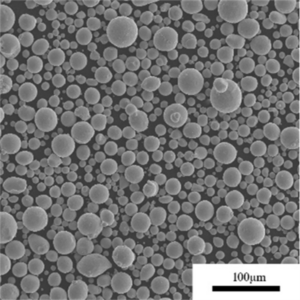球状粉末 refer to fine particulate materials with a rounded morphology used across areas like metal powder additive manufacturing, injection molding of ceramics and carbides, pharmaceuticals, and advanced electronics fabrication. Their enhanced flow and packing characteristics unlock performance benefits relative to irregular shaped powders.
概要 of spherical powder
Engineered spherical powders deliver superior density, flowability, spreadability, packing efficiency, and rheological behavior vital for manufacturing processes needing homogeneous and stable feedstock materials.
Tight control over particle size distribution, uniformity of shape, chemical purity, microstructure, and surface chemistry allows tailoring performance to demanding applications in fields such as:
- 積層造形
- 金属射出成形
- 溶射コーティング
- Advanced ceramics processing
- Battery materials
- 触媒
- Cosmetic and dental formulations
- Chemical mechanical polishing
Both submicron and larger spherical powders serve critical roles across emerging nano-scale production techniques to high volume pressing operations.
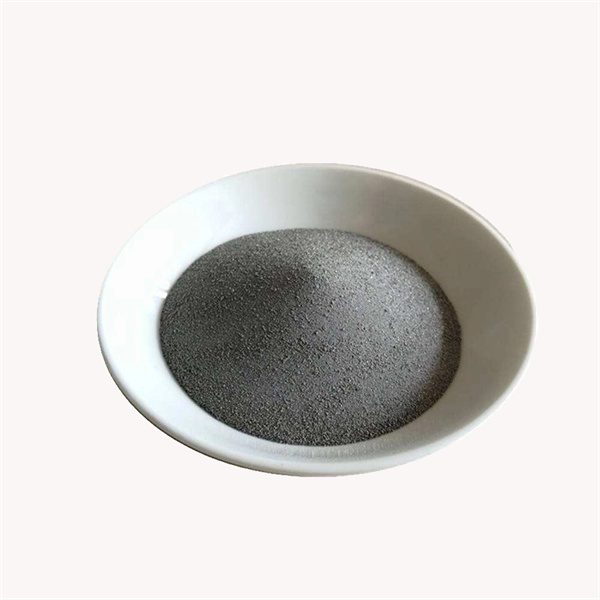
球状粉末 プロパティ
The spherical morphology and smooth exterior of engineered powder particles minimizes interparticle friction and maximizes density relative to non-spherical counterparts. This gives rise to desirable characteristics.
Enhanced flowability and pack density
Rounded particles rearrange and slide past each other more easily under gravity, pneumatic transport or stirring resulting in improved flow rates, less clumping, and easier handling. Bulk densities nearing the true material density are also achieved minimizing void spaces.
This allows faster filling of molds, dies, and beds essential for the economics of powder-based processes. Flow rates exceeding 15 s/50g using a standard Hall apparatus test are expected.
狭い粒度分布
Controlled production techniques permit spherical powder lots with tight size distributions ranging from 10-99% passing within 5 μm deviations. This consistency ensures predictable behavior across dispensing, mixing, heating and consolidation steps.
High sintered density
Spherical morphologies allow greater densification during sintering or fusion processes with smaller pores between particles. This maximizes achievable mechanical properties in finished parts. Densities over 90% of theoretical levels are typical.
Improved dispersion
The lower surface area to volume ratio of spherical powders reduces aggregation relative to irregular shapes when dispersed in liquid vehicles for deposition across thermal spray, inkjet printing, slip casting, or other wetroutes. This aids coating uniformity and stability.
Other attributes
- Better flowability retention after elevated temperature exposure
- Reduced abrasion and equipment wear over time
- More controlled electrical resistivities and defects
- Uniform shrinkage and dimensional precision
球状粉末 生産方法
Applying sufficient kinetic energy to molten material streams enables surface tension driven breakup into finely dispersed droplets which solidify into powder particles. Controlling process conditions determines final spherical powder characteristics.
ガス噴霧
High velocity inert gas jets impinge on metal melts disintegrating them into fine droplets which rapidly cool into rounded solid powders upon flight from the atomization chamber. Applicable to reactive alloys like titanium, nickel, and iron based materials.
水の霧化
Similar concept but with water as the melt-breaking medium. Lower cooling rates than gas approaches but higher yields and cheaper operating costs better suit higher melting point alloys like steels and superalloys when lower powder quality is acceptable.
プラズマ回転電極プロセス(PREP)
An electric arc melts the tips of rotating high purity wires which disintegrate into spheres cooled in an inert gas stream drawn into the plasma jet. Highly controlled conditions enable tight distributions. Used for reactive metals like aluminum and magnesium.
電極誘導溶融ガスアトマイズ(EIGA)
Combines induction coil melting of wire electrodes with close-coupled gas nozzles facilitating very fast quenching of nascent droplets. Best for producing highly uniform nano and sub-micron spherical metal powders with tailored alloy chemistries.
Sol-gel processing
Chemical routes allow precipitating ultrafine particles from liquid precursors which are then calcined and milled into shape-optimized powders. Used for ceramics, oxides, and carbides needing purity and nanoscale dimensions.
その他の方法
Spray drying, condensation reactions, emulsification, cavitation based technologies, chemical vapor deposition, electrodeposition and solid-state reactions offer specialty approaches towards spherical metallic, ceramic and polymer particles.
球状粉末 Materials and Sizes
The most common spherical powder materials span metals, ceramics, polymers, and specialty alloys – ranging from nanometer scale to over 100 microns particle sizes.
| 素材クラス | 材料 | サイズ範囲 |
|---|---|---|
| 金属 | Stainless steels, tool steels, superalloys, titanium, tungsten, cobalt chrome, copper, aluminum | 0.5 μm – 150 μm |
| セラミックス | Alumina, zirconia, carbides like WC or SiC | 0.01 μm – 45 μm |
| ポリマー | Nylon, PEEK, PEKK, Ultem | 5 μm – 100 μm |
| その他 | Glass, magnetic alloys, shape memory alloys, high entropy alloys | 0.1 μm – 50 μm |
More expensive alloy, ceramic, and specialty powders trend towards smaller particle dimensions for high performance additive manufacturing while higher throughput processes work better with larger nearly single size distributions.
Size classifications
| Group | Particle Diameter Range |
|---|---|
| ウルトラファイン | < 20 μm |
| ファイン | 20-45 μm |
| ミディアム | 45~105μm |
| 粗目 | 105-150 μm |
Average size, sphericity, chemical purity, morphology, microstructure, flow, and tap density properties are confirmed against application requirements and processing needs.
spherical powder of Key Applications
積層造形
Selective laser melting, electron beam melting and binder jetting leverage ultrafine spherical powders with controlled size distributions and compositions enabling complex metal parts production directly from CAD data.
金属射出成形(MIM)
Spherical powders mixed with binders are injection molded then sintered to produce high volume small intricate parts combining the near net-shape capabilities and finishing of plastic molding with high performance properties of materials like stainless steels, tool steels, and super alloys.
溶射コーティング
Feedstock metal, carbide, oxide and polymer spherical powders are fed through heated plasma or combustion spray jets creating coatings resistant to corrosion, wear and heat with tailored mechanical or dielectric attributes.
Advanced ceramics
Tight size distribution spherical ceramic powders serve as precursors for manufacturing high performance electrical, structural, and refractory components via cold isostatic pressing, slip casting, tape formulations, and advanced sintering techniques requiring optimized powder beds.
Other niche applications
Cosmetic foundations, dental polymers, solder pastes, catalyst carrier particles, chemical mechanical polishing slurries, powder forging conductors, metallic glass precursors etc. rely on specialty spherical powders meeting exacting standards.
Global spherical powder Suppliers
Leading materials manufacturers and powder processors across the Americas, Europe and Asia supply spherical powders for both R&D and commercial scale buyers. Prices range widely based on purity, uniformity, size, composition, and purchase volume.
Metal & alloy options
| 会社概要 | 所在地 |
|---|---|
| サンドビック | ドイツ |
| リオ・ティント・メタル・パウダーズ | カナダ |
| ヘガネス | スウェーデン |
| 三菱マテリアル | 日本 |
| BÖHLER Edelstahl | オーストリア |
| アメテック | 米国 |
| テクナ | カナダ |
Ceramic, carbide and oxide powders
| 会社概要 | 所在地 |
|---|---|
| スタルクHC | ドイツ |
| リード・アドバンスト・マテリアルズ | 米国 |
| インフラマット先端材料 | 米国 |
| スタンフォード アドバンスト マテリアルズ | 米国 |
| ナノシェル | 米国 |
Other spherical powder suppliers cater to pharmaceutical, polymer, magnetic material, battery material, catalyst, and electronic precursor applications.
球状粉末 コスト分析
Metal and alloy spherical powders range from $5/kg for generic aluminum and iron to $500/kg for specialized grades.
Cost depends heavily on:
- Base composition (e.g. stainless steel costs 2-4x carbon steel)
- Production method (gas vs water atomization, plasma vs combustion)
- Size distribution consistency
- Morphology and particle structure
- Purchase quantity and desired lead times
- Purity levels and consistency
Ceramic/carbide spherical powder prices span $50/kg to $5000/kg based on:
- Material (silica vs lithium aluminate, WC vs HfC)
- Purity – From 98 to 99.999%
- Particle dimensions – nano-scale costs 100x more
- 注文量
- 表面積
- Calcination/milling extent
- Agglomerationtendencies
- Moisture sensitivity
Economies of scale apply for bulk orders while customized batches carry premiums. Lower powder consistency also reduces costs.
規格と仕様
Engineered spherical powders must satisfy application needs and standardized test methods checking characteristics like:
| パラメータ | Common Methods |
|---|---|
| 粒度分布 | Laser diffraction, sedimentation, sieving |
| 粒子形状 | Scanning electron microscopy, optical evaluation |
| 粉体の流動性 | Hall flowmeter funnel |
| タップ密度 | Standard drop density apparatus |
| Composition verification | ICP-OES/MS, FTIR, XRF, GDMS |
| 形態学 | SEM, TEM |
| 比表面積 | BET nitrogen adsorption |
| Powder bed density | Geometric measurements |
| Thermal analysis | TGA, DSC |
International (ISO), national (ASTM), and industry body guidelines cover acceptable measurement techniques applicable across metallic, ceramic, electronic, and other 球状粉末.
Using consistent methods against standardized requirements ensures reliable performance when adopted into stringent manufacturing processes and life-critical applications.
利点と限界
| メリット | デメリット |
|---|---|
| – Predictable packing and flow behavior | – Higher cost over crushed/irregular powder |
| – Improved product quality and process yields | – Limited extremely high temperature capability for metals |
| – Better control over microstructure and performance | – Agglomeration tendency in certain cases |
| – Customizable size distributions | – Contamination and consistency risks |
| – Composition flexibility with alloys | – Particle embedding during deposition steps |
| – Higher attainable sintered density | – Special handling precautions |
| – Reduced porosity | – Sieving or classifying often needed |
| – Applicable to multimaterial components | – Shape retention challenges at smallest sizes |
| – Suits small dimension and thin film fabrication |
Balance benefits against limitations based on processing route and intended powder application.
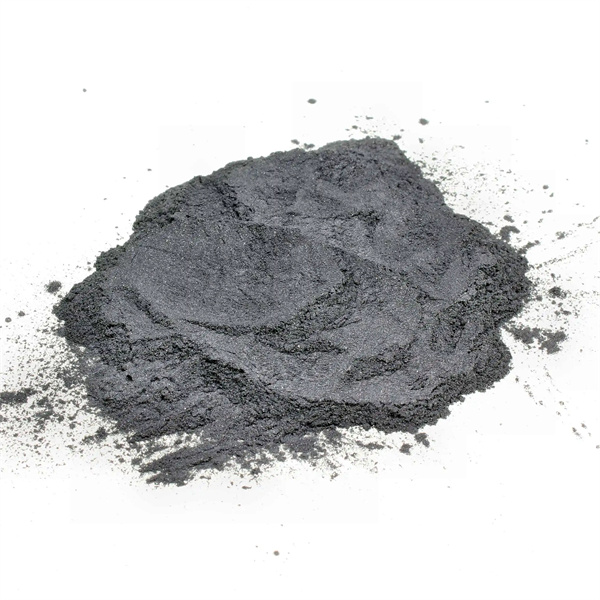
よくあるご質問
Q: What is the main advantage of spherical powders over irregular shaped powders?
A: Spherical powders flow much more easily due to lower interparticle friction allowing faster mold filling, printing, spraying, and compaction vital to precision manufacturing -boosting production rates, quality, and reliability. Their rounded shape also permits higher sintered density.
Q: How small can spherical metal powders be produced?
A: Inert gas atomization techniques allow stainless steel powders down to 10 microns while gas atomized copper alloys can reach 5 micron diameters. Specialty multi-component alloy blends have been made under 20 nm via mini-emulsion chemistry.
Q: What determines spherical powder size distributions?
A: Nozzle design, gas flow dynamics, melt stream instability onset, and rapid cooling kinetics control droplet formation and solidification physics in gas atomization processes – requiring modeling plus careful parametric testing to optimize distributions.
Q: Which is cheaper – gas or water atomized spherical powders?
A: Water atomization has 5-10x lower operating costs than gas atomization but produces more irregular powders requiring downstream processing to improve sphericity and distribution. So cost advantage depends on acceptable quality level for the application.
Q: Can you make single size spherical powder particles?
A: Wet chemical production routes allow very tight distributions down to relative standard deviations below 5% of mean particle size but residual satellite fractions lead to some spread. Specialized classification or sieving helps isolate primary modal fractions if needed.

